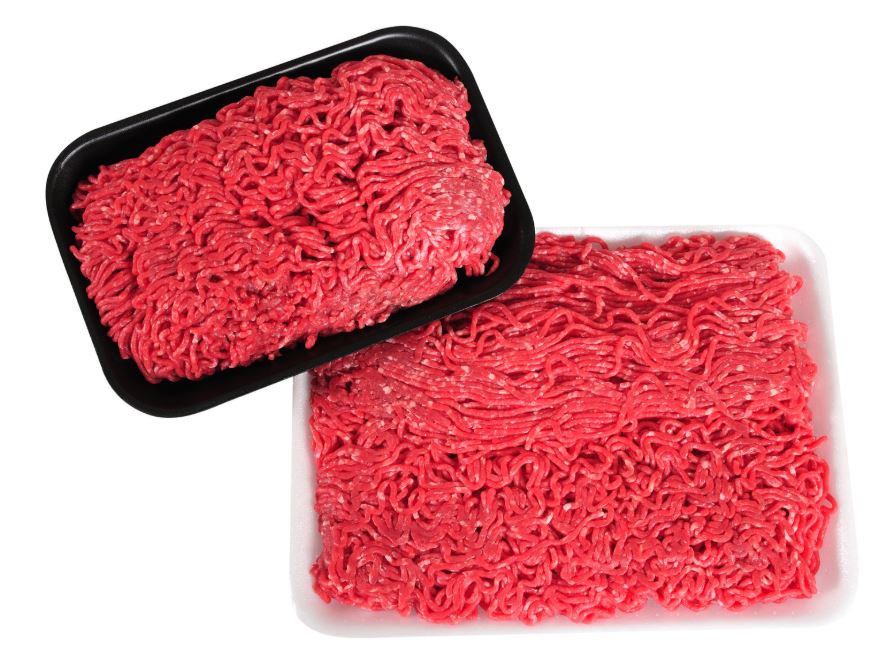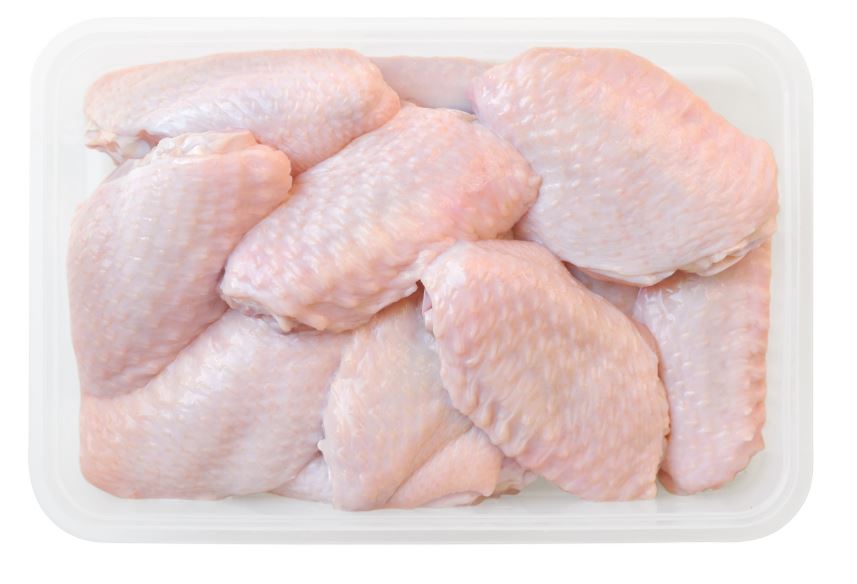A primary goal of meat packaging companies is to retain the freshness of the food product until it gets to the consumers.
Composed of different sectors, the meat packaging industry is an essential aspect of the general meat sector. Depending on the type of food product, there are various ways meat packaging companies address the item’s actual packaging.
Meat Packaging Machines and Materials
Meat packaging companies make use of a variety of materials and machines to complete the job. We’ll take you through the different machines, packaging materials, and essential processes utilized in the meat processing sector in today’s post.
The Type of Meat Product Is Essential
The type of meat being packaged is one of the primary considerations packaging companies make sure to meet.
Many subsectors within the packing industry use specific processes, packaging materials, and equipment to preserve the product’s freshness.
Pork and Beef Products
The processes used in packaging pork and beef products are similar to butcher-to-consumer packaging steps.
Many large pork and beef packaging facilities utilize vacuum packaging. Vacuum packaging helps get rid of oxygen inside the package, which is helpful when you want to preserve the meat inside the vacuum package.

Pork and beef packing plants use the vacuum packaging method to preserve bigger meat cuts after going through the aging preservation method within the packing plant.
Aside from eliminating oxygen to aid in preservation, retaining color is an important consideration as well. Meat packaging companies use several different kinds of inert gases to eliminate oxygen molecules inside the packaging thoroughly.
Modified atmosphere packaging is the process of modifying the atmosphere conditions of the product inside the package.
Butcher Shops to Grocery Stores
More massive cuts of meats are vacuum packaged in flexible, thick, and hefty packing materials before being shipped to grocery stores and other retailers.
Grocery Stores to Consumers
Typicall, grocery stores use plastic materials that are stretchable in packing the meat. The product is also placed in a bottom foam tray. The plastic and bottom film are heated through a pad, so the film sticks to itself.
A meat wrapping machine uses a film rack, cutter, and heat pad, all in one convenient mechanism to complete the packing steps.
Butcher Shops to Consumers
Many small and local butcher shops use a meat packing film when packing their products. This film is similar to what bigger grocery stores do.
Another standard packing product used by butcher shops is butcher paper and label. Butcher papers can be purchased in rolls, like paper towels.
This type of paper has a neutral PH level. It’s inexpensive and ideal for short-term packing and storage of meat products.
Poultry Products
Poultry products are a perishable commodity prone to the development of micro-organisms. Like other packaging methods, poultry distributors utilize the modified atmosphere process to slow down poultry products’ aging.

Similar to seafood products, poultry products also need carbon dioxide to impede the aging process.
Up to 25% or less of carbon dioxide is required in order to set back poultry products’ spoilage rate.
Poultry Processing Plants to Grocery Stores
Poultry products are offered in many different forms. Whole turkey and chickens are packaged differently, such as a package of chicken breast, legs, or thighs.
For whole poultry products, shrink packaging and vacuum packaging methods are used. Depending on the processor, there are different kinds of vacuum packing to choose from.
Nozzle vacuum and chamber vacuum packing are the standard types of vacuum packaging.
Shrink bags without any barrier are also commonly used for packaging whole chickens and whole turkey. These shrink bags seal entirely and take the form of the bird to prevent contamination and leaks.
